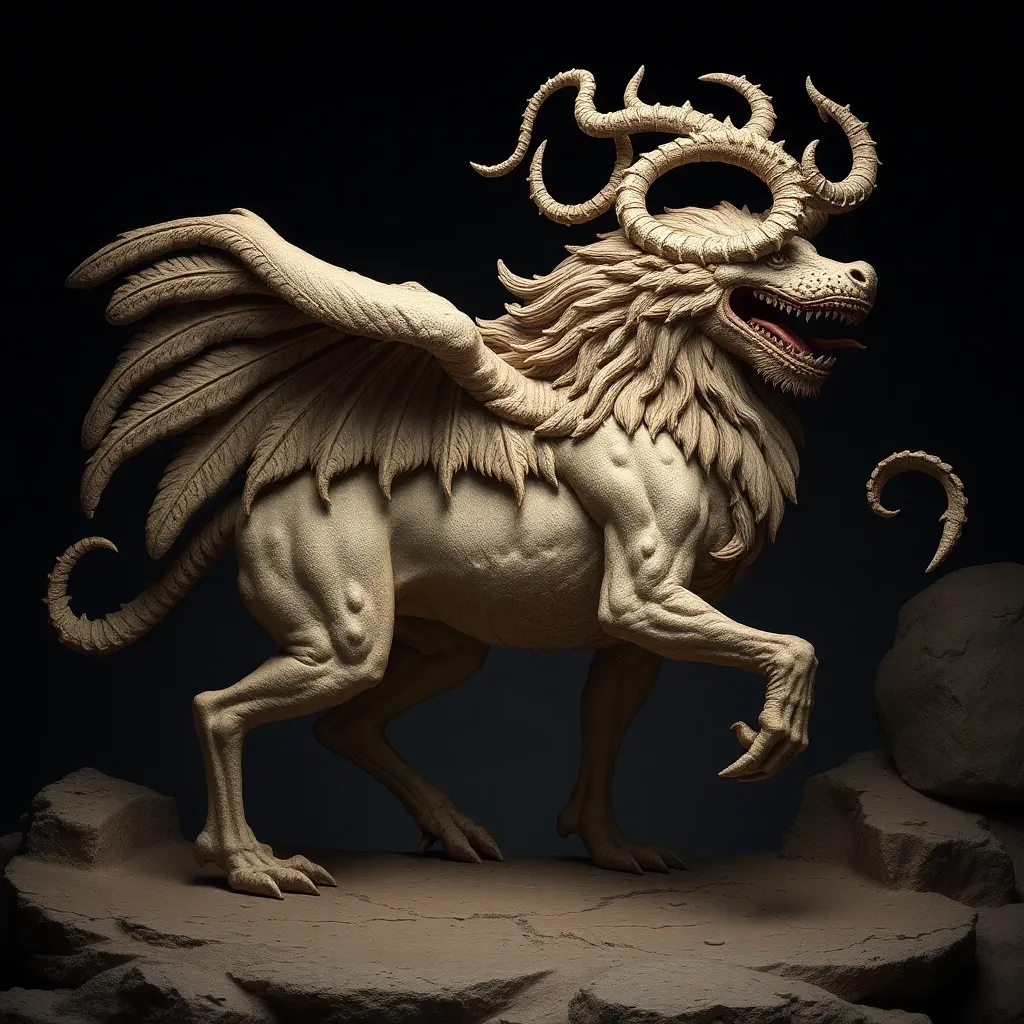The Role of Mythological Creatures in Greek Mythological Continuity
I. Introduction
Mythological creatures are integral components of Greek mythology, representing a rich tapestry of the ancient Hellenic worldview. These beings often embody the qualities, fears, and aspirations of humanity, serving as pivotal figures within the narratives that define Greek culture.
The importance of mythological creatures in Greek culture cannot be overstated. They are not merely fanciful beings; rather, they serve as moral exemplars, cautionary tales, and symbols of natural phenomena. This article aims to explore the multifaceted roles these creatures play in Greek mythology, focusing on their significance, representation, and enduring legacy in both ancient and modern contexts.
II. The Significance of Mythological Creatures in Greek Mythology
Mythological creatures are significant for various reasons:
- Representation of Natural Phenomena: Many creatures symbolize forces of nature, such as storms, the sea, or the underworld.
- Human Emotions: Creatures often personify complex human emotions such as love, jealousy, fear, and rage.
- Symbolic Functions: They convey moral lessons, often serving as warnings against hubris or immorality.
Additionally, these creatures were integrated into cultural rituals and practices, often appearing in festivals and religious ceremonies, thus reinforcing their importance in everyday Greek life.
III. A Survey of Key Mythological Creatures
Greek mythology features a plethora of iconic creatures, each with unique characteristics and stories:
- The Minotaur: A half-man, half-bull creature that dwelled in the labyrinth, representing unnatural hybridization.
- Cyclopes: One-eyed giants known for their strength and craftsmanship, often serving as blacksmiths for the gods.
- Sirens: Enchanting beings whose songs lured sailors to their doom, symbolizing temptation and danger.
These creatures also have regional interpretations, with variations in their stories and significance across different city-states. For instance, while the Sirens are often depicted as beautiful maidens in some tales, other versions portray them as monstrous beings.
IV. Mythological Creatures as Agents of Change
Mythological creatures often serve as catalysts in the hero’s journey, prompting transformation and growth:
- Role in Quests: Many heroes, such as Theseus and Odysseus, encounter creatures that test their strength, intelligence, and moral fortitude.
- Transformational Narratives: The challenges posed by these creatures lead to significant developments in the hero’s character and destiny.
- Interplay with Humans: The relationships between heroes and creatures often reflect larger societal themes, such as the struggle between civilization and chaos.
As such, these encounters not only drive the narrative forward but also serve as reflections on the values and beliefs of Greek society.
V. Continuity and Evolution of Mythological Creatures
The portrayal of mythological creatures has evolved throughout history, reflecting changes in society and culture:
- Historical Changes: The characteristics and roles of creatures have shifted over time as they were retold and reinterpreted by generations.
- Influence on Later Expressions: Mythological creatures have inspired various forms of art, literature, and media, from ancient pottery to modern films.
- Modern Adaptations: Today, these creatures continue to appear in various genres, retaining their relevance as symbols of deeper truths about humanity.
VI. The Psychological and Philosophical Implications of Mythological Creatures
Mythological creatures also offer insights into human psychology and philosophy:
- Archetypes: Many creatures serve as archetypes that resonate with universal human experiences, such as the hero, the monster, or the wise old man.
- Philosophical Themes: Creatures often embody philosophical questions about existence, morality, and the nature of humanity.
- Understanding Human Nature: The stories of these creatures help us explore our fears, desires, and moral dilemmas, providing a lens through which to understand the human experience.
VII. Mythological Creatures in Comparative Mythology
When examining mythological creatures from a comparative perspective, similarities and differences emerge across cultures:
- Similarities and Differences: Many cultures feature creatures that embody similar themes, such as dragons in Eastern mythology versus the Chimera in Greek tales.
- Shared Human Experience: These narratives reflect common human concerns, such as the struggle against chaos or the search for knowledge.
- Cross-Cultural Influences: The exchange of mythological ideas can be seen through the adaptation of creatures across different cultures and eras.
VIII. Conclusion
In summary, mythological creatures hold a vital place in Greek mythology, serving as symbols, moral lessons, and catalysts for change. Their significance extends beyond ancient tales, continuing to resonate in contemporary discourse and cultural expressions.
The enduring legacy of these creatures allows us to explore fundamental aspects of the human experience, providing insights into our nature, fears, and aspirations. As we delve into the stories of these fascinating beings, we gain a deeper understanding of not only Greek mythology but also the shared narratives that shape our world.




